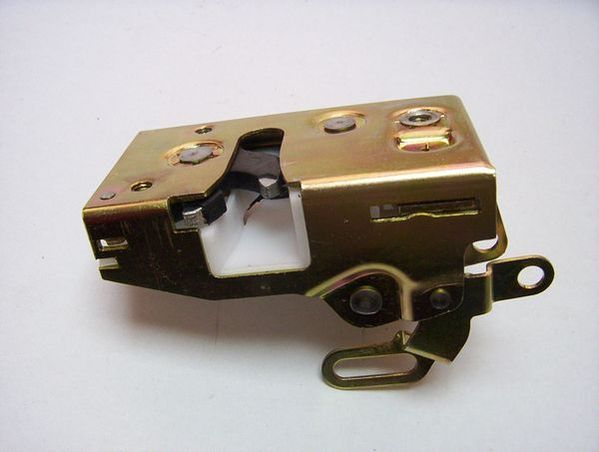Car door lock caring is a necessary part of general car maintenance. Car door locks are susceptible to problems like rusting and jamming. Since they don’t offer a substantial cleaning surface, they are often neglected by car owners. If you want to clean or lubricate a car door lock, you’ll need to access its interior that is a bit tedious.
Understand Need for Lubricating Car Door Locks
Just like any other metallic surface, car door locks are subject to moisture-related issues like rusting. Further, repeated insertion of the key into the locking configuration and neglectful handling by people, makes the car door locks vulnerable to impaction of debris along with moisture, sweat and contaminants found in the surrounding air.
The only solution to protect car door locks against such issues is to thoroughly, clean and lubricate them. An un-lubricated car door lock is more prone to jamming as the grime and moisture tend to get wedged between the locking components. This problem is more accentuated in areas with low temperatures or high humidity.
Cleaning Car Door Lock Is Vital
Cleaning the car door lock, before lubricating it, is critical. This ensures that the debris isn’t impacted deep within the lock by the lubricating agent. For accessing the inside of the lock, you can wrap a dry cloth around the tip of a small screwdriver. Insert this within the car door lock and move it in a circular manner. Now, pour a few drops of rust-removing solvent on the cloth and repeat the cleaning action. Follow this by again cleaning the door lock with a fresh piece of dry cloth. In colder conditions, drying the lock with a hair blower is recommended. This ensures that any crystals within the locking mechanism are removed.
Use Silicone Lubricants for Lubricating Car Door Lock
A silicone spray lubricant is best suited for car door locks. Ensure that you buy a lubricant with a spray straw. This is vital to lubricate the deeply-positioned parts of the locking system. Further, this type of lubricant is impermeable to water and sticks to the surface for a longer period.
You should position the spray straw of the branded silicone lubricant within the key hole. Always push the spray straw, until it seems to be stuck. Start spraying the lubricant in short blasts. Follow each spray-shot by a resting period of about 2 seconds. Insert the key in the door lock and move it around, repeatedly. This ensures that the lubricant is properly smeared over every part of the locking mechanism. Repeat this process for every car door lock.
Ensure Better Lubrication: Anti-rust Spray & Lubricating Weather Stripping
You should wipe the car door lock after lubricating it since the lubricant shouldn’t be left on the car’s surface for too long. Follow this by applying a coating of anti-rusting solution. A graphite spray is ideal for this purpose. The application procedure for the graphite lubricant/anti-rust spray is similar to the one explained above. However, don’t insert the straw of this spray too far.
If the spraying is too invasive, it may form a coating on the locking cylinder that can cause door-lock jamming rather than preventing it. Ideally, you should end this project by spraying the silicone lubricant on the small weather stripping around the door lock. This helps to prevent the freezing of the door lock.

The correct and effective lubrication of car door locks
by
Tags:
